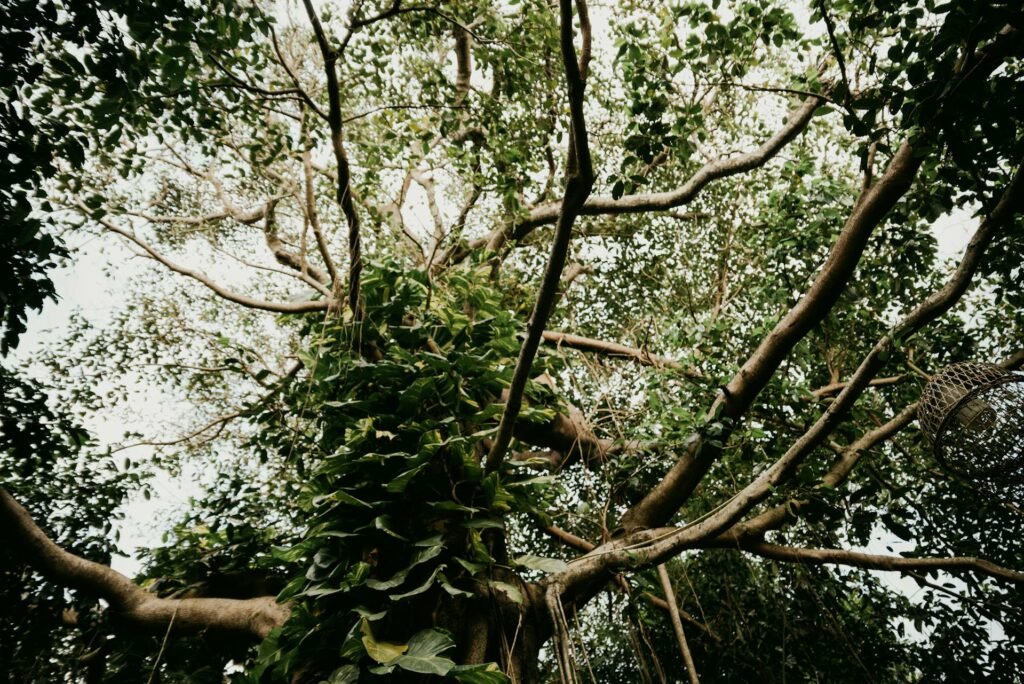Trees are a vital part of many landscapes. They provide shade, enhance the beauty of the yard, and even increase property value. However, they require regular maintenance to remain healthy and attractive. This includes pruning, stump grinding, and other services that are performed by professional tree service companies. Choosing the right company can help you save money and enjoy a well-maintained landscape. These experts are trained to perform the necessary tasks safely and efficiently. They also know the best practices for keeping trees healthy and safe.
Some tree removal projects require approval from local councils. Local laws try to balance landowner development desires with environmental protection. They include provisions for protected species, tree preservation zones, and vegetation covenants. Some clearing activities are prohibited, such as removing vegetation within koala priority areas. Landowners who engage in illegal clearing can face substantial fines.
When hiring a tree removal company, check their credentials and reputation in the community. They should be licensed and insured, and have the appropriate machinery for the job. They should also offer free quotes and be upfront about costs. It is also important to find out if the company provides emergency services. A reliable tree service will be able to respond quickly in case of storm damage or other emergencies.
A reputable Sunshine Coast arborist should be able to provide you with a free consultation and accurate quote. He should visit your property and assess the size of the tree and its location. He will also check if the area is suitable for climbing, as this can affect the cost. He will also look at the access to the site and any obstacles such as power lines or fences. If he can remove these items while he is on the site, it will save time and money for both you and him.
Having a tree removed can be an expensive undertaking. However, it is a necessary service in some cases, such as making room for a building or extension, blocking view from neighbours, preventing structural damage, reducing wind resistance, or removing weed species to re-establish native plants. A local tree service will be able to guide you through the process and ensure that the work is done in compliance with local laws.
The best tree services in the Sunshine Coast will have a team of experienced and qualified professionals. These experts are known as arborists and have a thorough understanding of the biology of trees. They are also skilled at the use of advanced equipment for precise and safe tree removal. Moreover, they are fully insured and have years of experience in the industry.
They also offer other landscaping services, such as stump grinding and mulching. They can also assist with soil and nutrient testing. In addition, they will provide you with a detailed report on the health of your trees and recommend any necessary services. They will make sure that your property is safe and beautiful. In addition, they will ensure that the work is completed on schedule and within budget.

